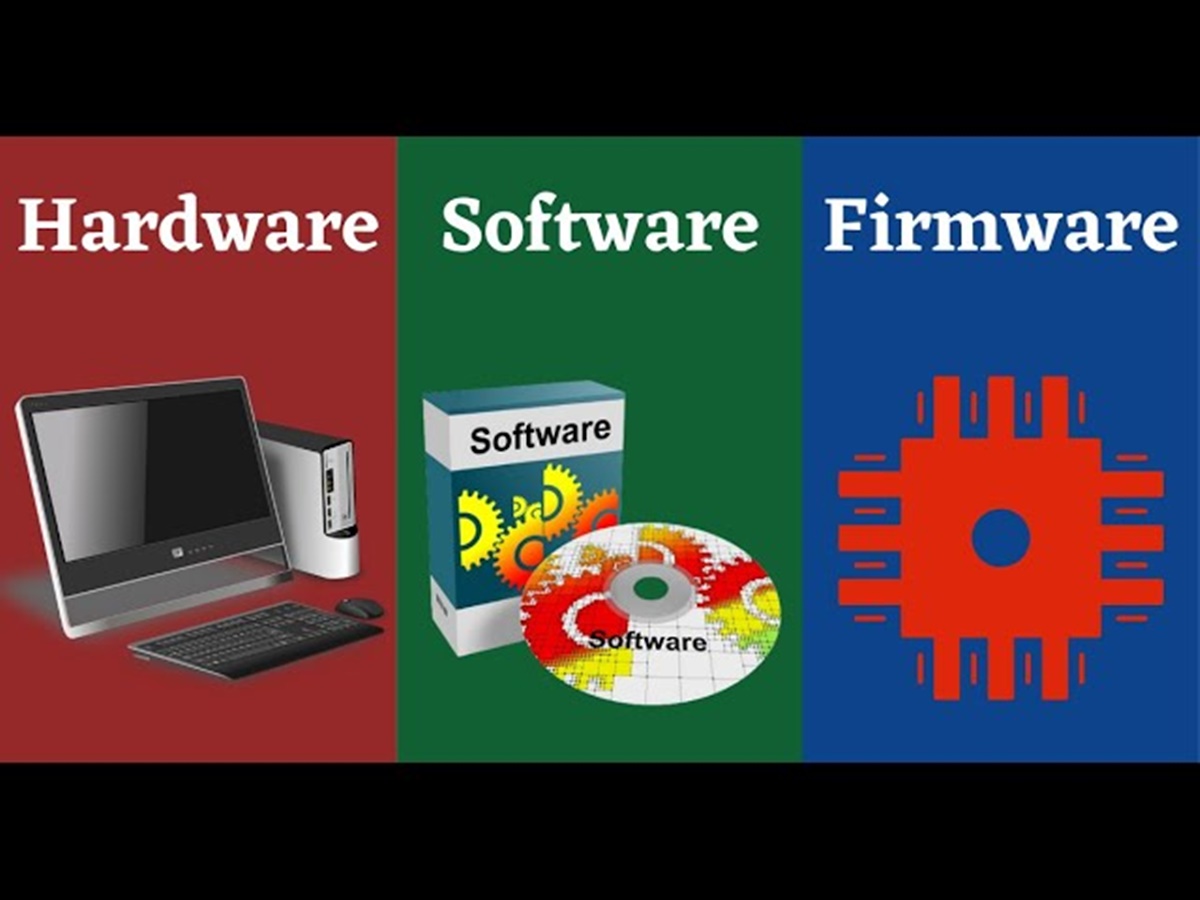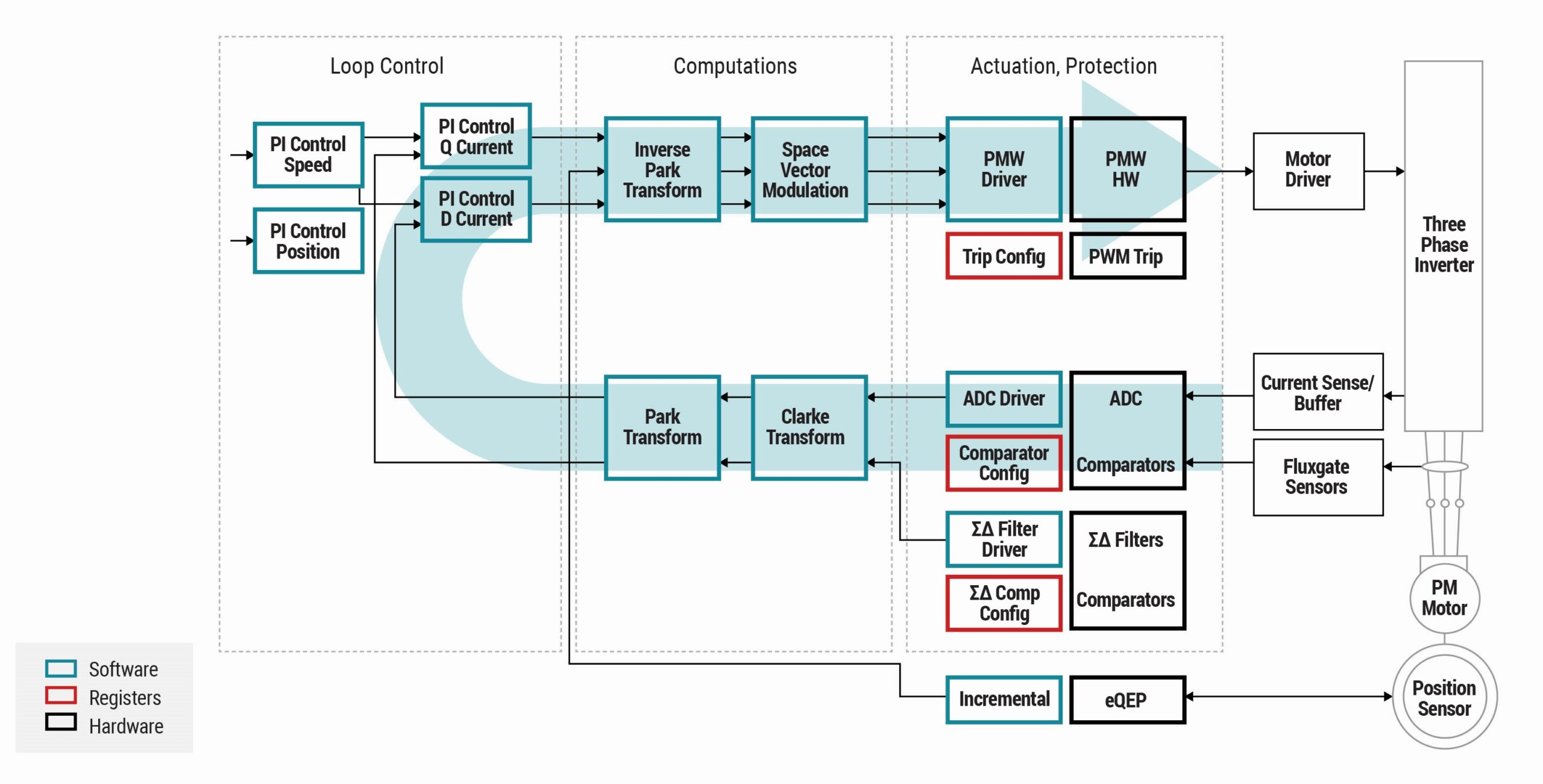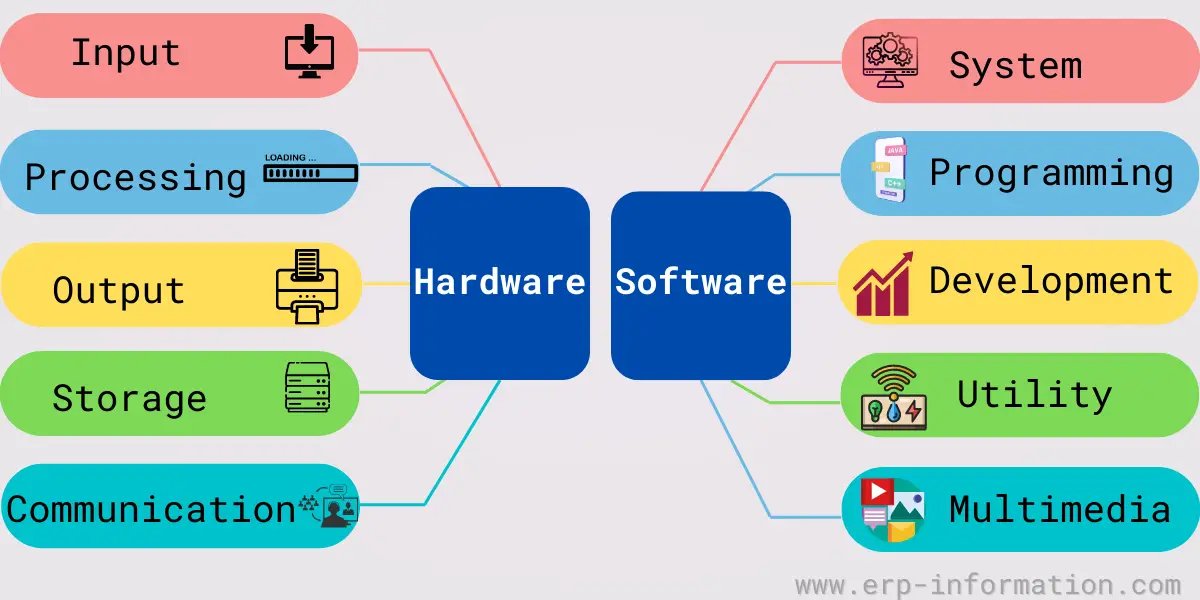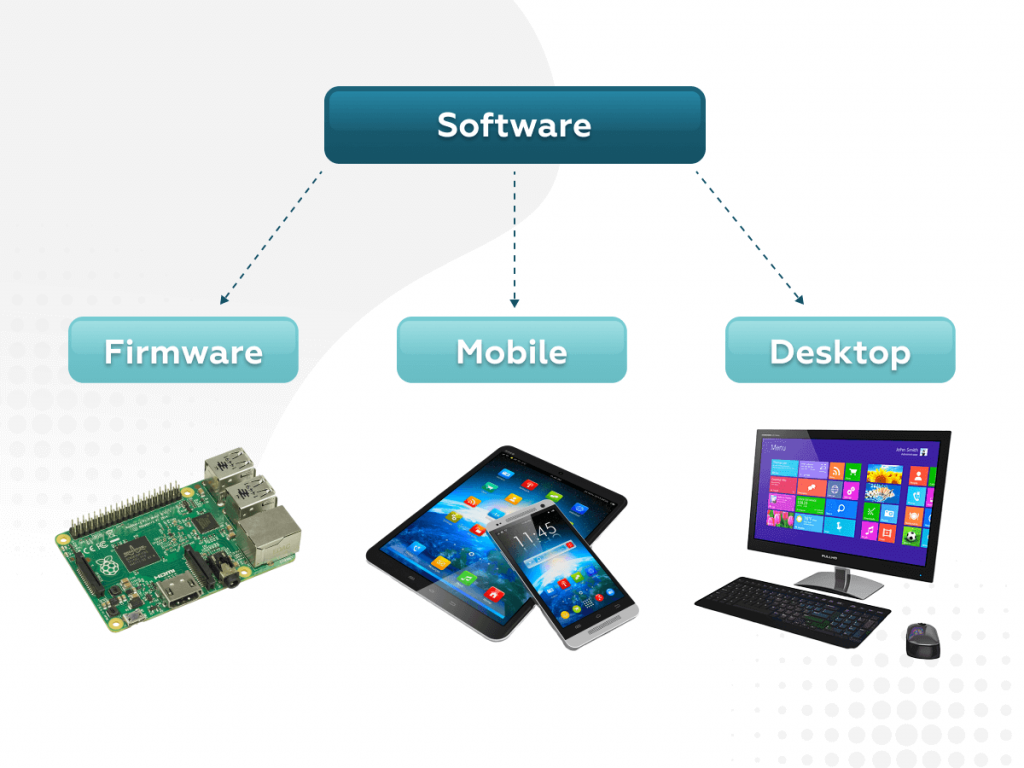Real Info About What Is Firmware, Hardware, And Software

Decoding the Digital Trio
1. What are the fundamental differences between these three?
Ever wondered what makes your computer, phone, or even your smart toaster actually work? It's a complex interplay of three key elements: firmware, hardware, and software. Think of them as a team, each with a specific role to play. Understanding the differences can feel a bit like navigating a digital jungle, but fear not! We're here to break it down in a way that's (hopefully) painless, and even a little entertaining. Lets get started!
Imagine you're building a house. The hardware is the foundation, the walls, the roof — the physical stuff you can touch. The firmware is like the electrical wiring and plumbing, the essential systems built into the house to make it functional. And the software? That's like the furniture, the decorations, and even the people living inside — things that can be changed and customized to suit your needs. Each piece is vital for the house to be not just standing, but a home.
So, while all three work together to create a functional system, they're distinctly different. It's important not to get them mixed up; otherwise, you might end up trying to install Instagram on your motherboard! (Spoiler alert: it won't work.) We'll explore each one in more detail to make sure you're crystal clear on the distinctions.
Think of it this way: hardware provides the physical platform, firmware gives it basic instructions to boot up, and software lets you actually do something useful with it. And, just like any good team, they rely on each other to achieve a common goal: providing you with a functioning digital device.

What Is Firmware And How Does It Work At Jose Boyd Blog
Digging into Hardware
2. What constitutes the "hardware" of a device?
Hardware is the stuff you can kick (though we strongly advise against it). It's the physical components that make up a device. This includes everything from the CPU (Central Processing Unit), which is like the brain of your computer, to the RAM (Random Access Memory), which is its short-term memory, and the hard drive or SSD (Solid State Drive), where all your data is stored. Don't forget the peripherals like your monitor, keyboard, and mouse — they're all part of the hardware team.
Hardware is typically designed to be durable and long-lasting. Its not easily changed or modified. Upgrading your hardware is generally a physical process, like swapping out a graphics card or adding more RAM. This often involves unscrewing things, plugging things in, and hoping you don't accidentally create a paperweight out of your expensive gaming rig. Always remember to back up your data before any hardware changes!
The performance of your hardware directly impacts the speed and efficiency of your device. A faster processor means faster processing. More RAM allows you to run more applications simultaneously without lag. A faster SSD means quicker boot times and file access. It's a simple equation: better hardware generally equals a better user experience. So, if your computer is feeling sluggish, it might be time for a hardware upgrade. Unless, of course, you've just downloaded 50 toolbars... that's a software issue.
While software can be updated frequently to improve performance and add new features, hardware changes are less frequent and more significant. It's a bigger commitment, both in terms of cost and effort. However, a well-chosen hardware upgrade can breathe new life into an aging machine, extending its lifespan and improving your overall productivity. Just try not to get too carried away; you don't want to end up with a computer that looks like it belongs on a spaceship!

Unveiling Firmware
3. How does firmware differ from other types of software?
Firmware is the unsung hero of the digital world. It's the specialized software that's embedded into hardware devices to control their basic functions. Think of it as the operating system for your toaster, your car's anti-lock braking system, or your smart TV's remote control. It's what tells the hardware how to be hardware.
Unlike traditional software, firmware is usually stored in non-volatile memory, meaning it doesn't disappear when you turn off the device. It's permanently etched into the hardware, providing the initial instructions that allow the device to boot up and function correctly. This is why your TV "knows" how to turn on, even after you've unplugged it and plugged it back in. Firmware provides a vital link between the physical components of a device and the software that runs on top of it.
Updating firmware can be a tricky process. Sometimes, it's as simple as clicking a button in a software application. Other times, it requires downloading a specific file and following a set of instructions. A failed firmware update can render a device unusable, so it's crucial to proceed with caution and follow the manufacturer's instructions carefully. Its kind of like brain surgery for your devices you want to be precise!
Firmware is often overlooked, but it's an essential component of modern technology. It allows manufacturers to fine-tune the performance of their devices and fix bugs that might not be apparent during initial development. It also enables them to add new features and improve security. So, the next time you update the firmware on your printer, take a moment to appreciate the invisible code that keeps it running smoothly.

Exploring Software
4. What are some examples of different types of software?
Software is the broadest category of the digital trio. It encompasses all the applications, programs, and operating systems that run on your hardware. This includes everything from your web browser and word processor to your video games and social media apps. Software is what allows you to interact with your computer and perform specific tasks.
Unlike hardware, software is easily changed and updated. You can install new applications, uninstall old ones, and customize the settings to suit your preferences. Software updates are frequently released to fix bugs, improve performance, and add new features. This constant evolution is what makes software so versatile and adaptable.
There are many different types of software, each designed for a specific purpose. System software, like operating systems (Windows, macOS, Linux), manages the hardware and provides a platform for running other applications. Application software, like word processors, spreadsheets, and games, allows you to perform specific tasks. And programming software, like compilers and debuggers, allows developers to create new software.
Software is constantly evolving, with new applications and technologies emerging all the time. This rapid innovation is what makes the digital world so exciting and dynamic. From artificial intelligence and machine learning to virtual reality and augmented reality, software is driving the future of technology. So, buckle up and get ready for the ride, because the software revolution is just getting started!

Hardware Vs Software (Features, Examples, And Types)
Putting It All Together
5. How do hardware, firmware, and software interact to make devices work?
Now that we've explored each component individually, let's take a look at how they work together. Hardware provides the physical platform, firmware provides the initial instructions, and software allows you to interact with the device and perform specific tasks. It's a symbiotic relationship, where each element relies on the others to function correctly.
When you turn on your computer, the firmware kicks in first. It initializes the hardware components and loads the operating system (software) from the hard drive or SSD. The operating system then takes over, managing the hardware resources and providing a user interface. You can then launch applications (software) and interact with them using the mouse and keyboard (hardware). It's a seamless process, but it's built on a complex foundation of hardware, firmware, and software working in harmony.
The performance of your device depends on the interplay of all three components. A fast processor (hardware) can execute software instructions more quickly. Optimized firmware can improve the efficiency of hardware operations. And well-designed software can make the most of the available hardware resources. It's a balancing act, where each element needs to be optimized for the best overall performance.
Understanding the relationship between hardware, firmware, and software is essential for troubleshooting problems and optimizing performance. If your computer is running slowly, it could be a hardware issue (like insufficient RAM), a firmware issue (like outdated drivers), or a software issue (like too many applications running in the background). By understanding the role of each component, you can better diagnose the problem and find a solution. And now you know! (Or at least, you know more than you did five minutes ago.)

What Is Firmware? Firmware Types And Examples Vakoms
FAQ
6. Still scratching your head? Let's tackle some common questions.
Q: Can I run new software on old hardware?
A: Maybe! It depends on the software's requirements and the capabilities of your hardware. Some software is designed to run on older systems, while others require more powerful hardware to function correctly. Check the minimum system requirements before installing any new software.
Q: Is firmware the same as a driver?
A: Not quite. Firmware is embedded in the hardware itself, while drivers are software programs that allow the operating system to communicate with specific hardware devices. Drivers are often updated to improve compatibility and performance.
Q: What happens if my firmware update fails?
A: A failed firmware update can render your device unusable. In some cases, you may be able to recover by reinstalling the firmware. However, in other cases, the device may need to be repaired or replaced. Always follow the manufacturer's instructions carefully when updating firmware. It's a bit like performing surgery on your electronics; precision is key!
Q: Why is understanding the difference even important?
A: Knowing the difference can seriously help you troubleshoot issues! Is your problem a hardware bottleneck? A software bug? An outdated driver? Knowing the lay of the land helps you pinpoint the source of the trouble and find the right solution, saving you time, money, and a whole lot of frustration.